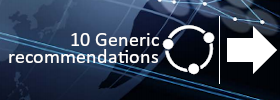Governments and public administrations, as important contributors to economic growth, are under continuous pressure to perform more efficiently, deliver faster and cheaper services and meet citizens’ and businesses’ needs more effectively. The European Commission’s Digital Single Market Strategy recognises that digital technologies have great potential to help public administrations deliver better services for less. In order to fully exploit this potential, it is necessary to facilitate electronic interactions between public administrations, citizens and businesses, not only at national level, but also across borders and sectors.
For this purpose, the European Commission has developed the European Interoperability Framework (EIF), which provides guidance and recommendations to European public administrations on how to implement and deliver more interoperable and better quality public services. Reusability is one of the fundamental principles of the EIF and ‘sharing and reuse’ of IT solutions is a necessary condition for interoperability to apply in practice in a Digital Single Market, where citizens and businesses can seamlessly access public services and undertake activities online, irrespective of their nationality or Member State of residence.
Barriers
In the context of the Sharing & Reuse Framework (SRF), ‘IT solutions’ should be read as software and IT services supplied by European public administrations either to one another or to business and citizens in the Union. Some public administrations and governments across the EU already promote the sharing and reuse of IT solutions when deploying digital service infrastructure, by adopting new business models and promoting the use of open source software for IT services. However, there is still room for improvement, as a number of barriers still need to be tackled, namely:
| List of barriers | ||
|---|---|---|

|
Organisational |
Fragmented IT infrastructure due to obsolete business models that do not allow for coordination between public administrations in the design, procurement and operation of IT solutions. |
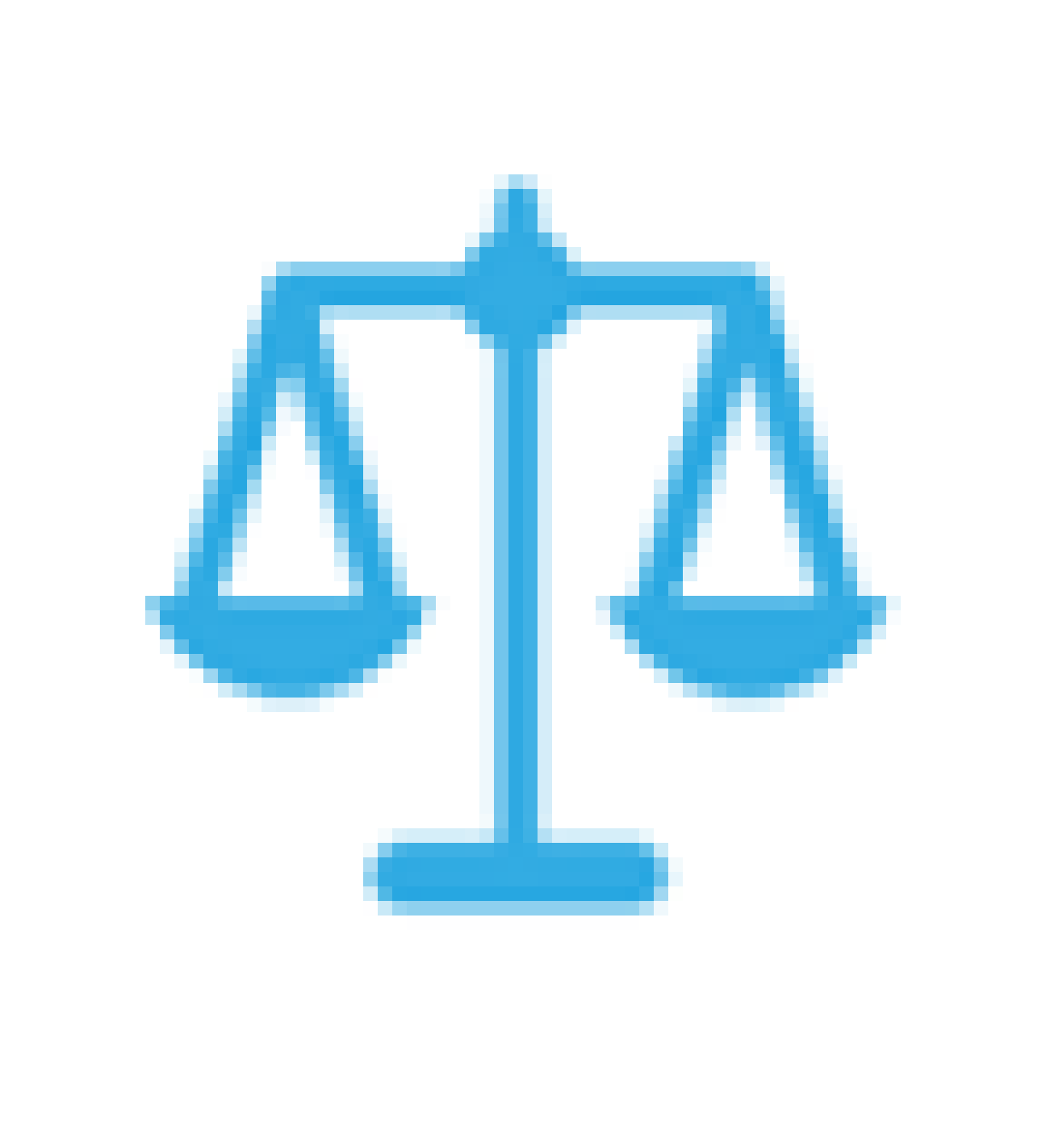
|
Legal |
Uncertainty about the limitations of and exceptions to intellectual property rights (IPR) coupled with the fact that IT requirements are not considered early enough in the policy-making lifecycle. |
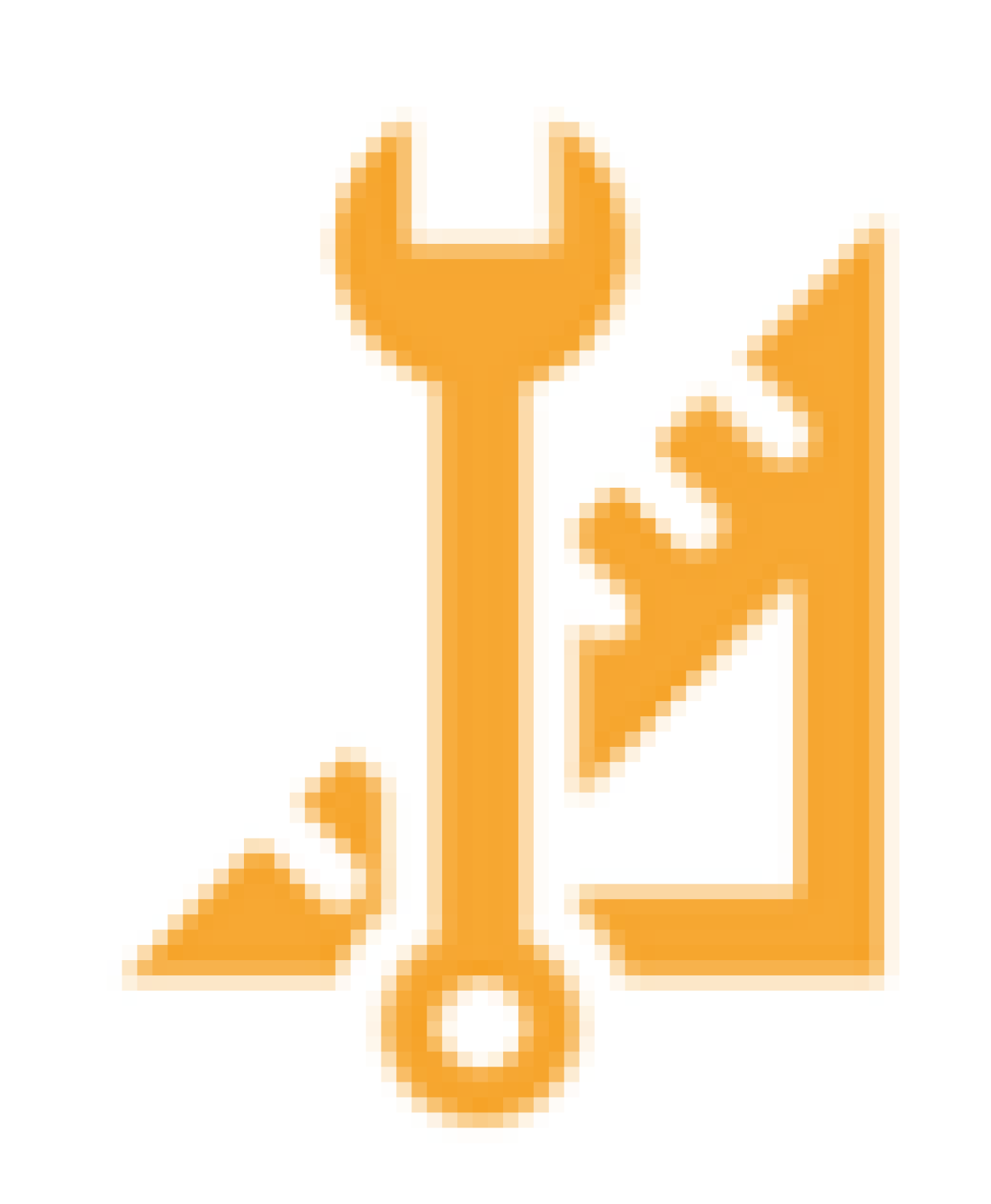
|
Technical |
Issues like the limited use of common standards, poor documentation and the prevalence of monolithic 5 IT development, which reduce the reusability of IT solutions. |

|
Communication |
Lack of awareness of available IT solutions serving common needs, combined with the difficulties of operating in a multilingual environment. |
The Sharing & Reuse Framework was established to help EU, national, regional and local public administrations overcome these barriers. Developed in the context of the European Union ISA programme, the Sharing and Reuse Framework for IT solutions addresses public administrations that aim at reducing costs, increasing their efficiency and fostering interoperability by reusing, sharing or jointly developing IT solutions that meet common requirements. The SRF includes 10 generic recommendations on how to reuse, share or jointly develop IT solutions that meet common requirements. Decision makers, legal professionals, IT architects, IT developers and communication experts should take it into account when:
- reusing an existing software;
- sharing software after it has been developed;
- reusing an existing IT service;
- sharing the provision of an IT service;
- collaborating on the development of a software or an IT service.
Public administrations should follow the SRF recommendations throughout the lifecycle of each IT solution; from its inception, design and development through to maintenance. Furthermore, it is important that central bodies support this process by creating a climate of innovation in their administrations, encouraging staff to take an active role in the process and promoting the use of information and communication technologies. To facilitate the implementation of the proposed recommendations, the SRF also includes nineteen measures specifically for central bodies. By promoting the sharing and reuse of IT solutions, public administrations and central bodies improve the interoperability of their IT systems and services, which saves money and increases the quality of eGovernment services. All of this contributes to the development of the EU Digital Single Market and strengthens the EU’s position as a world leader in the digital economy.
Recommendations
The Sharing and Reuse Framework for IT Solutions includes 10 recommendations that relate to each of the four identified barriers. Each recommendation is structured as follows:
Note: To view a consolidated list of each recommendation's structure area, click on the available links in the table.
| Structure areas of recommendations | ||
|---|---|---|
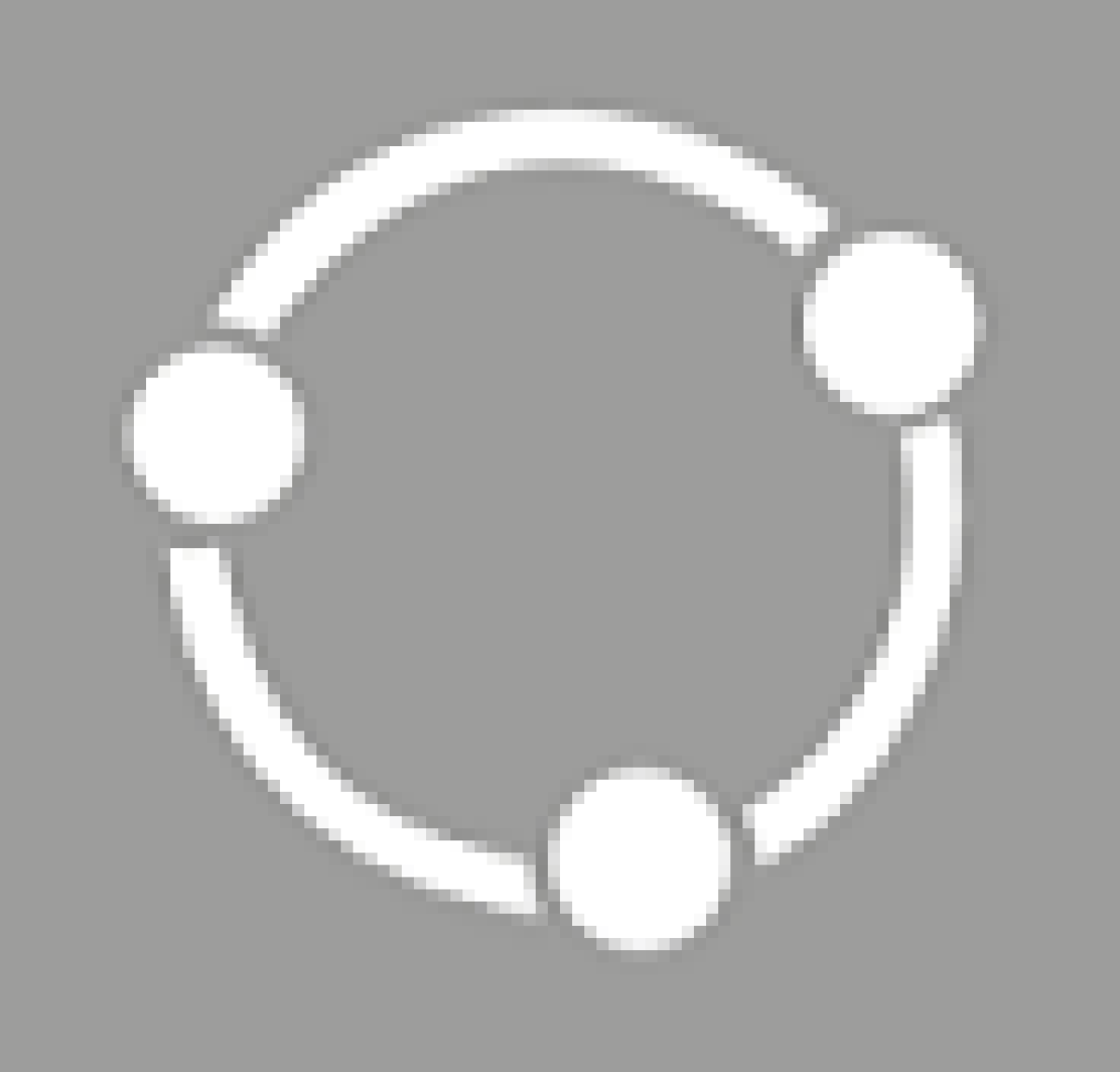
|
Generic recommendation | Broad recommendation to public administrations at every administrative level on how to overcome a barrier that prevents them from sharing or reusing IT solutions. |
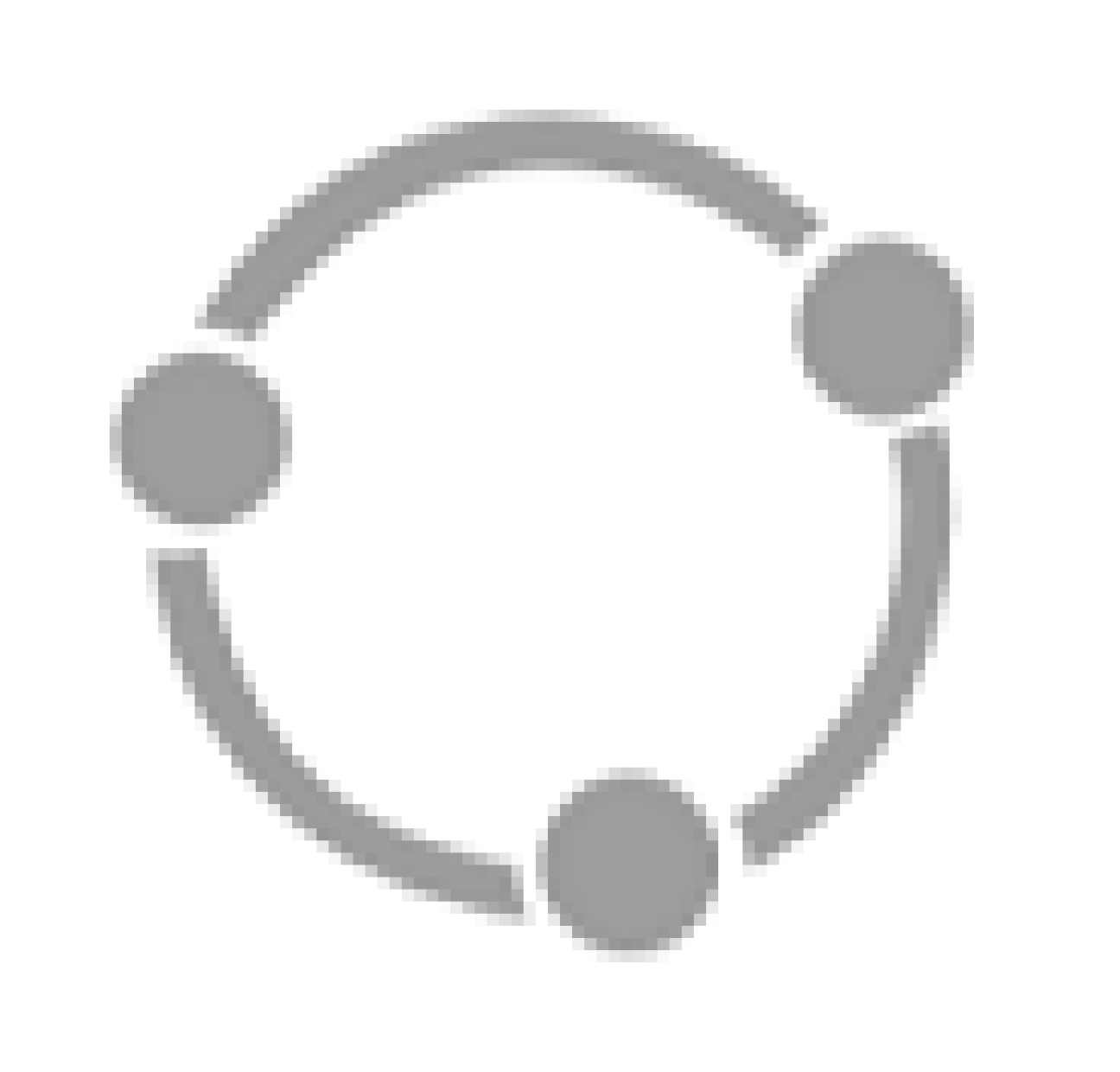
|
Detailed recommendation | Specific, more in-depth recommendation to public administrations at every administrative level on how to overcome a barrier that prevents them from sharing or reusing IT solutions. |

|
Recommended measures for central bodies | Activities to be undertaken by central bodies to support their administrations in implementing the recommendations of this framework. |

|
Supporting instruments | Good examples of initiatives and solutions offered by the European Commission, Member States and/or various organisations, which can help implement the recommendations of this framework. |



